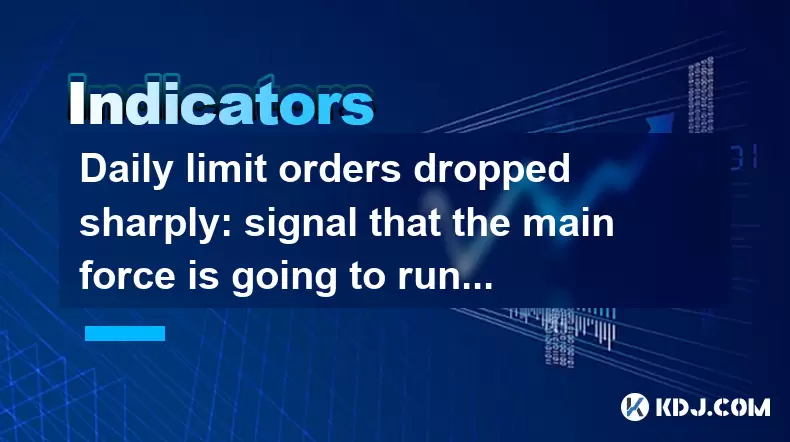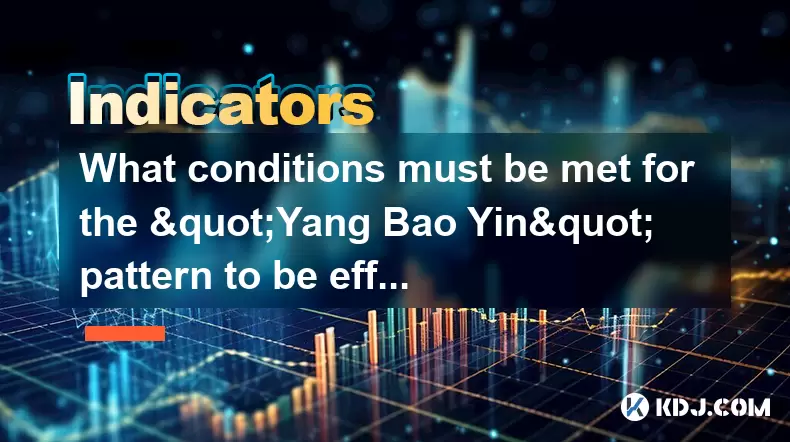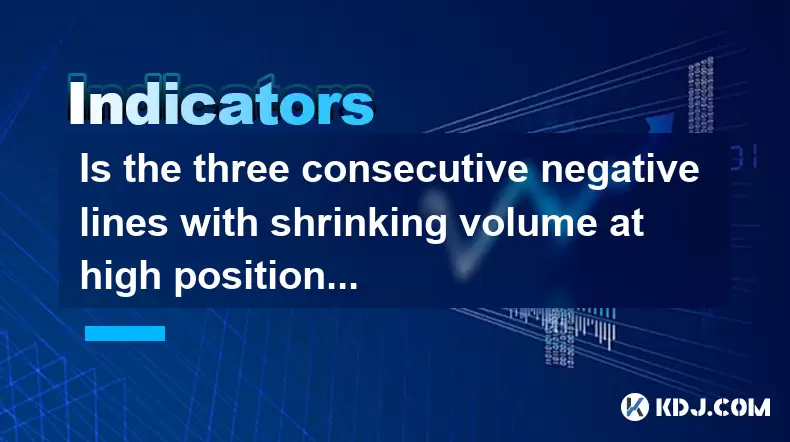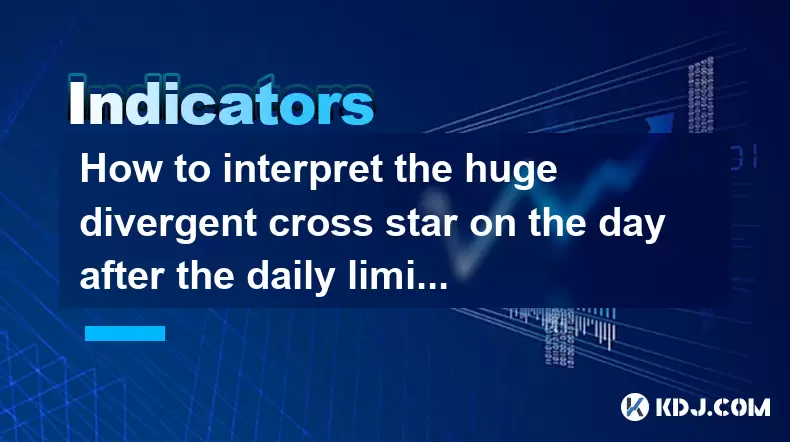-
 Bitcoin
Bitcoin $104,995.9509
-0.53% -
 Ethereum
Ethereum $2,528.2163
-0.79% -
 Tether USDt
Tether USDt $1.0006
0.02% -
 XRP
XRP $2.1638
0.62% -
 BNB
BNB $646.8997
-1.05% -
 Solana
Solana $145.1746
-1.40% -
 USDC
USDC $1.0000
0.01% -
 Dogecoin
Dogecoin $0.1774
-0.26% -
 TRON
TRON $0.2696
-0.41% -
 Cardano
Cardano $0.6306
-1.25% -
 Hyperliquid
Hyperliquid $40.8647
-0.29% -
 Sui
Sui $2.9852
-1.96% -
 Bitcoin Cash
Bitcoin Cash $432.9642
1.81% -
 Chainlink
Chainlink $13.0820
-2.22% -
 UNUS SED LEO
UNUS SED LEO $9.0617
0.31% -
 Stellar
Stellar $0.2584
-0.58% -
 Avalanche
Avalanche $19.0245
-1.78% -
 Toncoin
Toncoin $2.9524
-1.34% -
 Shiba Inu
Shiba Inu $0.0...01213
1.51% -
 Hedera
Hedera $0.1578
0.85% -
 Litecoin
Litecoin $85.7699
1.76% -
 Polkadot
Polkadot $3.7776
-1.71% -
 Ethena USDe
Ethena USDe $1.0004
0.02% -
 Monero
Monero $312.6994
-0.17% -
 Dai
Dai $1.0000
0.00% -
 Bitget Token
Bitget Token $4.5504
0.85% -
 Pepe
Pepe $0.0...01106
1.77% -
 Pi
Pi $0.6168
10.66% -
 Uniswap
Uniswap $7.2633
-2.44% -
 Aave
Aave $275.0182
-3.57%
Daily limit orders dropped sharply: signal that the main force is going to run away?
A sharp drop in daily limit orders across major crypto exchanges has traders questioning if "whales" are preparing to exit, though the decline may also stem from market maker adjustments, exchange events, or manipulation tactics.
Jun 13, 2025 at 11:07 pm

Understanding the Drop in Daily Limit Orders
A sharp decline in daily limit orders on major cryptocurrency exchanges has triggered concern among traders and analysts. This phenomenon refers to a sudden reduction in the number of pending buy or sell orders placed at specific price points, which are crucial for measuring market depth and liquidity. The drop can be observed across multiple trading pairs involving BTC, ETH, and altcoins.
The key question is: does this drop indicate that institutional players or large holders (commonly referred to as "whales") are preparing to exit the market?
Daily limit orders are often used by professional traders to accumulate or distribute assets without causing immediate price slippage.
What Causes a Sudden Decline in Limit Orders?
There are several technical and behavioral reasons behind the rapid disappearance of limit orders:
- Market maker activity adjustments: Automated trading bots may pull out orders during periods of high volatility to avoid being filled at unfavorable prices.
- Exchange-specific events: Technical upgrades, API changes, or maintenance activities can cause temporary order cancellations.
- Manipulation tactics: Large traders sometimes remove significant order volumes to create artificial support or resistance levels, misleading retail investors.
In many cases, a single factor isn't responsible — rather, it's a combination of these elements that leads to a visible decrease in open limit orders.
It’s important not to jump to conclusions based solely on order book data, as it doesn’t always reflect real-time intent.
Analyzing Order Book Depth and Its Implications
Order book depth shows how much buying or selling pressure exists at various price levels. A shallow order book after a drop in daily limit orders could suggest:
- Reduced confidence among market participants
- Potential short-term price instability
- Increased risk of pump-and-dump or wash trading scenarios
Traders often use tools like depth charts and liquidity heatmaps to visualize this data. These tools help identify whether the drop is concentrated in one direction (e.g., only buy orders disappearing) or evenly spread.
A thinning buy wall may precede a downward price movement, especially if sell pressure remains constant or increases.
How to Interpret This Trend from a Trading Perspective
For active traders, understanding the implications of reduced limit order volume involves checking multiple data sources:
- Compare current order book metrics with historical averages
- Monitor on-chain data such as large transfers and exchange inflows/outflows
- Track sentiment indicators like Google Trends, social media buzz, and derivatives funding rates
One approach includes setting up alerts via platforms like Glassnode, CoinGecko Pro, or TradingView to detect abnormal patterns in order flow or liquidity concentration.
Combining order book analytics with broader market signals provides a more accurate picture than relying on a single metric alone.
Steps to Verify Whether Big Players Are Exiting
If you're concerned about the possibility of large entities exiting positions, consider the following steps:
- Check whale transaction logs: Tools like Etherscan or blockchain explorers for specific coins can show unusually large transfers.
- Analyze exchange balances: Use platforms like CryptoQuant to track whether whales are moving funds to exchanges, a sign of potential selling.
- Review perpetual futures funding rates: Sharp drops in funding rates may signal decreased bullish leverage, suggesting profit-taking or bearish positioning.
- Monitor options open interest: A sudden decline in open interest might imply that big players are closing their positions ahead of major events.
Each of these steps helps build a clearer narrative around the behavior of institutional or high-net-worth individuals in the crypto space.
Cross-referencing off-chain and on-chain signals is essential to avoid false positives when interpreting market moves.
Frequently Asked Questions
Q: Can a drop in daily limit orders always be interpreted as negative for the market?
Not necessarily. Sometimes, order books get cleaned due to natural market cycles or algorithmic rebalancing. It depends on the context and other supporting indicators.
Q: How can I distinguish between normal market behavior and manipulation through order removal?
Look for unusual patterns like rapid re-appearance of orders at different price levels, extreme spikes in trade volume without corresponding price movement, or frequent wash trades.
Q: What tools are best suited for tracking real-time changes in limit orders?
Platforms like Bybt, Kaiko, and The Block offer advanced order book analytics. Exchange-native APIs also provide granular data for custom monitoring.
Q: Should retail traders react immediately to drops in limit orders?
Retail traders should avoid knee-jerk reactions. Instead, use such data as part of a broader strategy that includes risk management and multi-indicator analysis.
Disclaimer:info@kdj.com
The information provided is not trading advice. kdj.com does not assume any responsibility for any investments made based on the information provided in this article. Cryptocurrencies are highly volatile and it is highly recommended that you invest with caution after thorough research!
If you believe that the content used on this website infringes your copyright, please contact us immediately (info@kdj.com) and we will delete it promptly.
- Bitcoin Seoul 2025 to Host Global Industry Leaders for Asia's Largest Bitcoin-Focused Conference
- 2025-06-14 22:50:12
- Peter Schiff Mocks Donald Trump Jr. for Private Gala Dinner Invitation to Top Holders of Official Trump (CRYPTO: TRUMP) Meme Coin
- 2025-06-14 22:50:12
- BRICS is surging ahead with unstoppable momentum, rapidly abandoning the U.S. dollar
- 2025-06-14 22:45:13
- Aptos Targets 'Global Trading Engine' Positioning, RWA Projects and Stablecoins Drive Ecosystem Growth
- 2025-06-14 22:45:13
- World (formerly Worldcoin) Expands to the United States, Launching Biometric Identity Verification System
- 2025-06-14 22:40:13
- XRP Remains Within a Familiar Range
- 2025-06-14 22:40:13
Related knowledge

How to calculate the probability of trend continuation after the MACD column divergence?
Jun 14,2025 at 08:01am
Understanding MACD Column DivergenceThe Moving Average Convergence Divergence (MACD) is a widely used technical indicator in cryptocurrency trading. The MACD column, also known as the histogram, represents the difference between the MACD line and the signal line. When price makes a new high or low but the MACD histogram does not confirm this movement, a...

What are the volume requirements for adjusting the K line in the "rising three methods" pattern?
Jun 14,2025 at 07:50am
Understanding the 'Rising Three Methods' Pattern in Cryptocurrency TradingThe 'rising three methods' pattern is a bullish continuation candlestick formation that traders often use to identify potential upward momentum in cryptocurrency price charts. This pattern typically appears during an uptrend and suggests that the trend is likely to continue after ...

What conditions must be met for the "Yang Bao Yin" pattern to be effective?
Jun 14,2025 at 06:42am
Understanding the 'Yang Bao Yin' Pattern in Cryptocurrency TradingThe Yang Bao Yin pattern is a candlestick formation commonly observed in technical analysis within the cryptocurrency market. This pattern typically signals a potential bullish reversal after a downtrend. However, for this pattern to be effective and reliable, certain conditions must be m...

Is the three consecutive negative lines with shrinking volume at high positions a signal that the main force has finished shipping?
Jun 14,2025 at 09:56am
Understanding the Concept of Three Consecutive Negative LinesIn cryptocurrency trading, three consecutive negative lines refer to a situation where an asset's price chart shows three successive candlesticks with closing prices lower than their opening prices. This pattern typically indicates bearish sentiment in the market. When this occurs at high posi...

Is it an opportunity for the long positive line with large volume to break through the platform and then shrink back?
Jun 14,2025 at 04:42am
Understanding the Long Positive Line with Large VolumeIn technical analysis, a long positive line refers to a candlestick pattern where the closing price is significantly higher than the opening price, often indicating strong buying pressure. When this occurs alongside large volume, it suggests that market participants are actively involved in pushing t...

How to interpret the huge divergent cross star on the day after the daily limit?
Jun 14,2025 at 02:35pm
Understanding the Divergent Cross Star PatternIn the realm of technical analysis within cryptocurrency trading, candlestick patterns are essential tools for predicting price movements. One such pattern is the divergent cross star, which appears as a doji or near-doji candle following a significant price move. When this pattern occurs the day after a dai...

How to calculate the probability of trend continuation after the MACD column divergence?
Jun 14,2025 at 08:01am
Understanding MACD Column DivergenceThe Moving Average Convergence Divergence (MACD) is a widely used technical indicator in cryptocurrency trading. The MACD column, also known as the histogram, represents the difference between the MACD line and the signal line. When price makes a new high or low but the MACD histogram does not confirm this movement, a...

What are the volume requirements for adjusting the K line in the "rising three methods" pattern?
Jun 14,2025 at 07:50am
Understanding the 'Rising Three Methods' Pattern in Cryptocurrency TradingThe 'rising three methods' pattern is a bullish continuation candlestick formation that traders often use to identify potential upward momentum in cryptocurrency price charts. This pattern typically appears during an uptrend and suggests that the trend is likely to continue after ...

What conditions must be met for the "Yang Bao Yin" pattern to be effective?
Jun 14,2025 at 06:42am
Understanding the 'Yang Bao Yin' Pattern in Cryptocurrency TradingThe Yang Bao Yin pattern is a candlestick formation commonly observed in technical analysis within the cryptocurrency market. This pattern typically signals a potential bullish reversal after a downtrend. However, for this pattern to be effective and reliable, certain conditions must be m...

Is the three consecutive negative lines with shrinking volume at high positions a signal that the main force has finished shipping?
Jun 14,2025 at 09:56am
Understanding the Concept of Three Consecutive Negative LinesIn cryptocurrency trading, three consecutive negative lines refer to a situation where an asset's price chart shows three successive candlesticks with closing prices lower than their opening prices. This pattern typically indicates bearish sentiment in the market. When this occurs at high posi...

Is it an opportunity for the long positive line with large volume to break through the platform and then shrink back?
Jun 14,2025 at 04:42am
Understanding the Long Positive Line with Large VolumeIn technical analysis, a long positive line refers to a candlestick pattern where the closing price is significantly higher than the opening price, often indicating strong buying pressure. When this occurs alongside large volume, it suggests that market participants are actively involved in pushing t...

How to interpret the huge divergent cross star on the day after the daily limit?
Jun 14,2025 at 02:35pm
Understanding the Divergent Cross Star PatternIn the realm of technical analysis within cryptocurrency trading, candlestick patterns are essential tools for predicting price movements. One such pattern is the divergent cross star, which appears as a doji or near-doji candle following a significant price move. When this pattern occurs the day after a dai...
See all articles

























































































